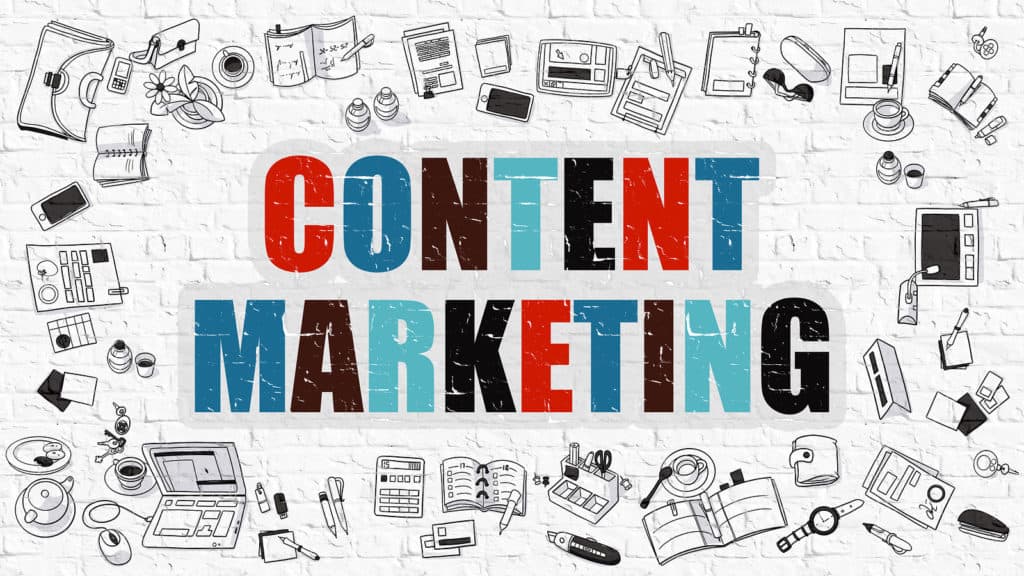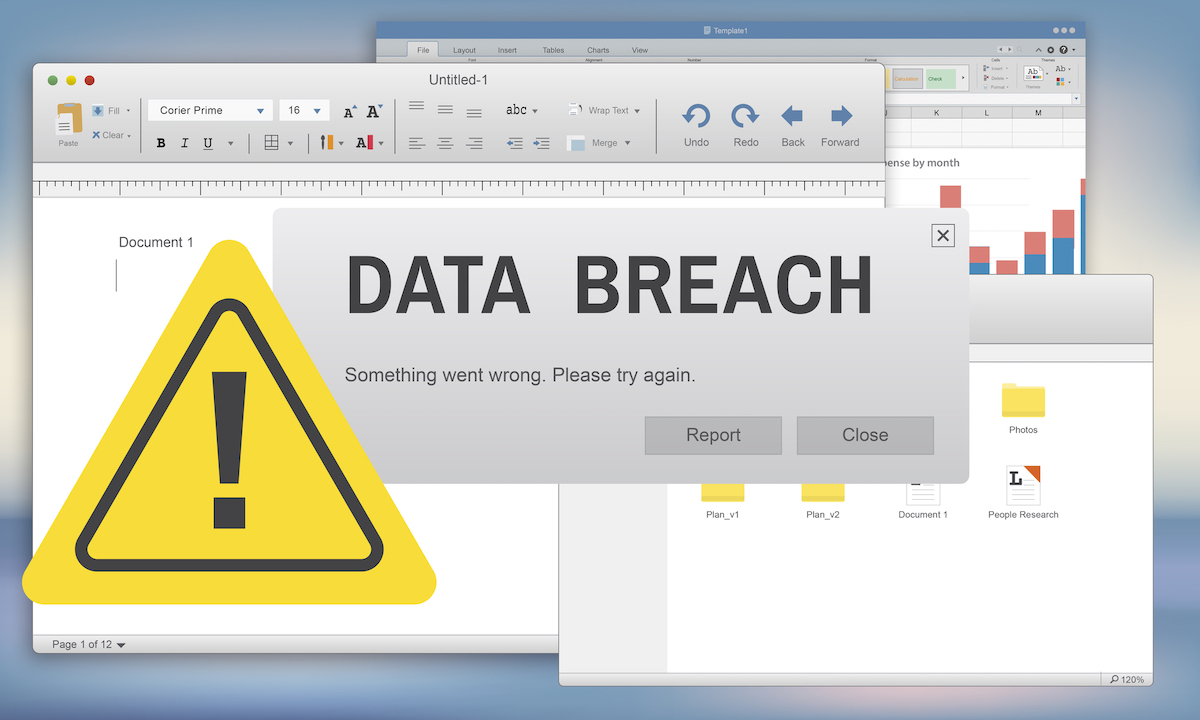Original data and infographics are top content performers for businesses, a Clutch survey shows. These two data-dependent forms of content have dethroned blog posts and videos, the go-to content formats in most digital marketing strategies.
When asked which types of content performed best for their company, 18% of participants said original data, while 17% said infographics. Product reviews came in third at 16%.
Blog posts and videos trailed behind, at 14% and 13% respectively. Only 5% of participants said white papers performed best, while 7% said interviews was the top performer. Case studies came in at 6%, podcasts at 2% and ebooks at 1%.
The results show a shift in the content marketing world, with companies focusing on original data derived from their own research. The improved performance of infographics and original data supports the sentiment that consumers are looking for quality, original content.
When asked about which types of content participating companies created, the top three formats were research/original data, infographics and product reviews. Third on the list was videos, while blog posts came in fourth.
Only 23% of participants included ebooks in their content creation plan.
Along with content types, the survey also looked at the main marketing goals for digital marketers.
The main goal, according to the report, was brand awareness (49%). Higher visibility in the search engines was another top goal (30%). Marketers cared less about lead generation, with just 21% making it their main goal.
Goals and content formats are just two pieces of the content strategy puzzle. Clutch’s survey also asked digital marketers what they prioritize when creating a content strategy.
Most marketers focus on the brand’s story (18%). The company’s mission statement was also important (18%), and 17% said content types was the priority.
Metrics came in at 15%, while audience personas came in at just 14%. Potential challenges and content distribution processes trailed behind at 12% and 8% respectively.
When it comes to measuring the results of content marketing strategies, marketers are most likely focused on sales (32%), lead generation (29%) and consumption (29%). Only 10% of participants said sharing metrics was most important.
Content distribution continues to be a challenge for marketers and creators. Most marketers rely on paid advertisements (71%), organic social media (70%) and traditional marketing (69%) to distribute content.
Paid advertisements include both PPC (Pay Per Click) and paid social media.
Email newsletters and events came in at 63% and 62% respectively. Blog posts, guests posts and press releases came in much further down on the list at 56%, 46% and 44%.
Only 31% of participants said they use journalist outreach to promote their content.
As far as effectiveness goes, 85% of participants said paid tactics are more successful than organic efforts when distributing content.
Clutch recommends that digital marketers focus on content distribution rather than solely on producing quality content. Focusing only on content can be futile, they say, because it may never reach the intended audience. Those on tighter budgets should focus on pitching influencers and journalists, explains Clutch.










